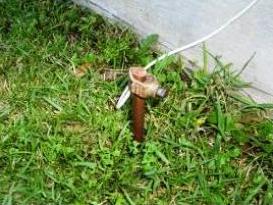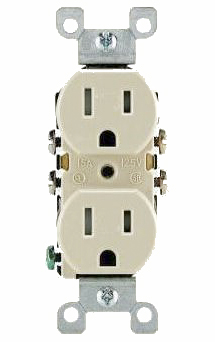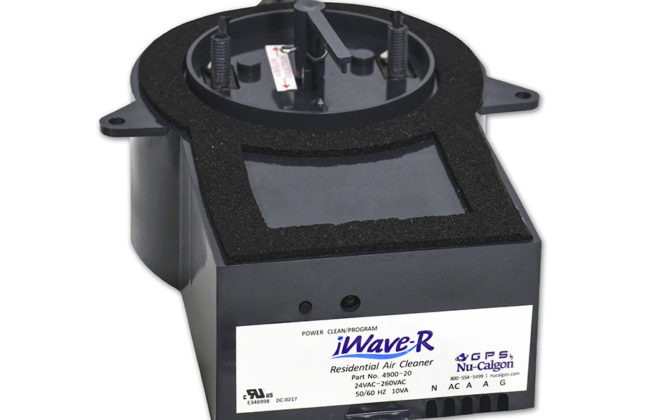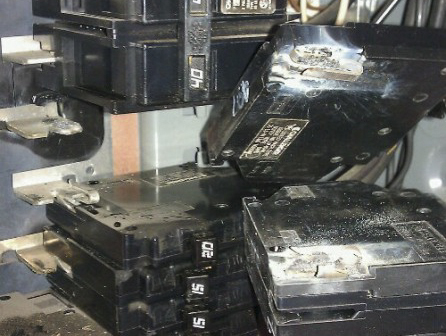The Importance of Grounding and Bonding

Grounding in electrical systems in homes, businesses, and industries is something that many people do not understand and/or take for granted. It is not uncommon for the grounding pin to be removed from the plug of an appliance or extension cord so that the plug could fit into a 2-prong outlet. People do this because they either do not understand the importance of grounding or they are too lazy to use a proper adapter or upgrade their outlet (or receptacle).
![]() Grounding should be carried out by a certified electrician. If you think you may have a grounding problem, please set up a service call request with Brubaker Inc. at 717.299.5641 or email us.
Grounding should be carried out by a certified electrician. If you think you may have a grounding problem, please set up a service call request with Brubaker Inc. at 717.299.5641 or email us.
The main reason for grounding in electrical systems is safety. Electrical equipment will often have a metal cabinet or case that might become electrically energized due to eventual insulation failure within the equipment. If that happens, then the equipment case could carry sufficient voltage that will give a substantial shock to anyone who touches it. To prevent this, any metallic part in an electrical appliance or equipment that could be accidentally energized is connected to a grounding electrode that eventually will be embedded in the earth, or to a building grounding system. This, essentially, is what grounding is. A conductive (metal) surface is said to be grounded when it is effectively connected to the earth.
When a conductive surface is properly grounded, if it somehow becomes energized, then the electricity will be conducted to earth. This will create a short-circuit in the process. The intention is for the short-circuit to immediately trip the electric supply circuit breaker. With the circuit breaker tripped, there will be no dangerous voltage existing as a shock risk to anyone. For the circuit breaker to be reset and resume supplying electricity, the short-circuit problem would have to be resolved.
Usually, the items in house or facility electric systems which are directly grounded through cables are the metallic cabinets of main circuit panels, main and sub-main breakers, hard-wired lamps, transformers, and distribution panels. Electrical appliances that must be plugged in receive their grounding when plugged into a 3-prong or grounded outlet. A typical outlet will have three ports: a ‘live’ or ‘hot’ port, a neutral port, and a ground port. The ground port on the outlet should be properly grounded (connected to the ground electrode or building grounding system).
 An electrical appliance with a metal case or cabinet (such as a laundry washer or dryer) will have a cord with a 3-prong plug at the end. Similar to the outlet, the three prongs are ‘live’, neutral, and ground. Within the appliance cord there will be a grounding cable connecting the metal case of the appliance and the ground prong on the plug. When the appliance is plugged into the outlet, the three prongs of its plug connect with the corresponding parts of the outlet. As a result, the metallic case of the appliance will have a connection to earth (grounded) through the ground port of the power outlet. This provides protection against electric shock in the event the metal case of the appliance becomes electrically energized.
An electrical appliance with a metal case or cabinet (such as a laundry washer or dryer) will have a cord with a 3-prong plug at the end. Similar to the outlet, the three prongs are ‘live’, neutral, and ground. Within the appliance cord there will be a grounding cable connecting the metal case of the appliance and the ground prong on the plug. When the appliance is plugged into the outlet, the three prongs of its plug connect with the corresponding parts of the outlet. As a result, the metallic case of the appliance will have a connection to earth (grounded) through the ground port of the power outlet. This provides protection against electric shock in the event the metal case of the appliance becomes electrically energized.
In a similar fashion, bonding is employed to protect from accidental electric shock. It is used mostly where several electrical devices with conductive surfaces are installed close to each other. Of course, these conductive surfaces will have to be grounded, which is usually done by connecting cables to the conductive surface of each device. This is called bonding.
Grounding and bonding should not be taken for granted. They play an important role in safeguarding us from electric shock. We should always ensure that our electrical equipment with conductive cabinets are properly grounded. Do not cut the ground prong from the plug of your appliance so that the plug can fit into a 2-prong outlet. Instead, replace the 2-prong outlet with a 3-prong one, and ensure that its grounding port is properly grounded. In that way, your appliance will be grounded when in use, providing some safeguard against electric shock.



